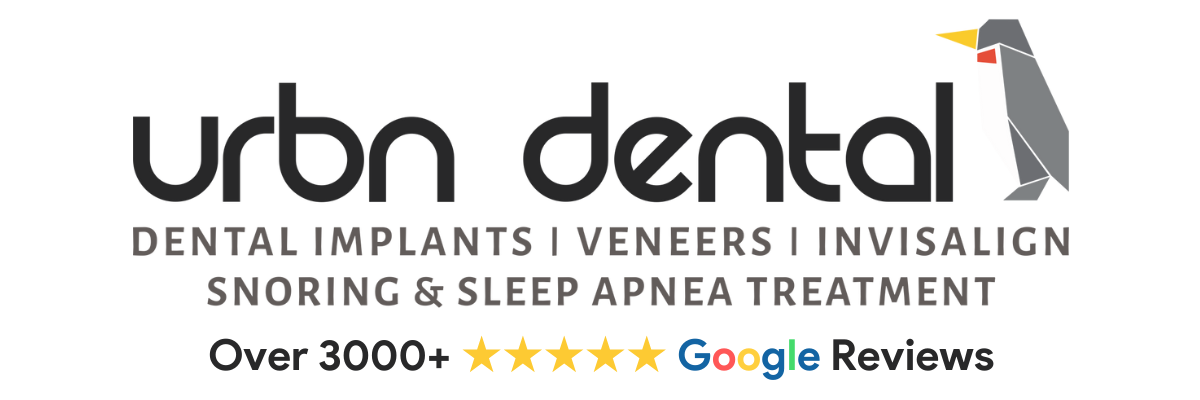Teeth infections are painful. They can make your day terrible and hinder your normal functioning. You may not be able to eat and can make you starve. The pain can come at any time of the day and give you sleepless nights.
It is important to visit the dentist when you experience tooth pain. It may not be possible to rely on natural remedies that can help to reduce the pain temporarily.
What is an abscessed tooth?
If your tooth throbs persistently and is painful, it is something to worry about. An abscessed tooth is an infection that is within a tooth and has spread to the root or around the root. The infection can be from the inner chamber of the tooth known as the pulp chamber. The chamber has nerves and blood vessels. These are collectively known as pulp. Before an abscess is formed, the tooth has lost its ability to fight infection, and bacteria can enter the chamber multiply. As the bacteria multiply, the infection spreads from the chamber to other parts through the root into the bone.
An abscess is a collection of pus inside the tooth that is made up of tissue debris, dead white blood cells, and bacteria.
The abscess is different from gum abscess by the source of the infection. A tooth abscess is from the pulp of the tooth and spreads through the root. Gum abscess starts in the gum pocket outside the tooth near the root from the gum disease. Treatment of the abscess will depend on the cause of the infection.
Schedule Appointment
How to get rid of tooth pain
There are two types of toothache, one is a dull pain, and the other is a sharp, throbbing pain.
The sharp pain is often short and can occur when eating or speaking, the pain has no triggers, but there may be underlying factors that cause it, such as gum decay, gum infection, tooth decay, cusp tooth, or hot or cold foods.
The dull pain is a sign of a serious underlying problem. The pain can be an indication of a damaged nerve. Hot or cold foods can trigger pain. The pain begins slowly and can last for a long time. This can be a sign of a serious infection.
Home remedies for abscess tooth
Clove oil
If you experience tooth pain, you can use clove oil. It contains a chemical that acts as an antiseptic and anesthetic. It will help to numb the pain and prevent further infection.
Saltwater
This will help to sanitize the mouth. The saline solution can help to prevent the growth and spreading of bacteria because it has antiseptic properties. The solution will help to reduce pain and prevent toothache.
Ginger
Ginger has antiseptic properties. Some of its active ingredients include gingerols, ginerone, and shagaols. Chewing raw ginger can help to reduce the pain and kill bacteria in the mouth.
Peppermint oil
Peppermint oil contains menthol, which is an active ingredient. It is antibacterial and helps to relieve tooth pain. You can use the oil to keep the mouth smelling fresh and prevent toothache.
Garlic
Garlic is used to add flavor to food and can be used to reduce toothache. You can crush the garlic cloves to release an antibacterial agent that helps to reduce pain. You can chew raw garlic or infuse it in water with peppermint oil and use it as a mouth freshener and relieve pain.
Diagnosis
When the dentist is examining your teeth and surrounding areas, the dentist can tap the teeth. If a tooth has an abscess, the root will be sensitive to pressure or touch.
He will recommend an X-ray of the aching tooth to help identify the problem. The X-ray can help to determine if the infection has spread to other areas, causing abscesses. If the tooth infection has spread to other areas, a CT scan can help to assess the extent of the infection.

How to treat a tooth with an infection
The goal of the treatment is to get rid of the infection. To do this, the dentist will:
Incise and drain the abscess. He will cut into the abscess, drain out the pus, and wash the area using a saline solution. He may use a small rubber drain to keep the area open for better drainage as the swelling reduces.
Do a root canal to help eliminate the infection and protect the tooth. To do this, the dentist will drill into the tooth, remove the infected tissue, and drain the abscess. He will need to fill and seal the pulp chamber and root canals. The tooth can be capped with a crown to make it stronger if it is at the back. If the restored tooth is cared for, it can last for several years.
Pull the affected tooth if it can’t be saved. He will pull it and drain the abscess to eliminate the infection.
The dentist may not prescribe antibiotics if the infection is limited to the abscessed area. But if the infection has spread to the next tooth, jaw, or other parts, the dentist will prescribe antibiotics to stop the infection from spreading. He will also prescribe antibiotics if your immune system is weak.
Risk factors of the abscessed tooth
There are various causes of dental abscess. A common cause is when dental cavity widens and gets deep into the pulp chamber. An inflammatory process will take place in the tooth. The inflammation is what is felt like a toothache. It can be reversible or irreversible after tests are done. Other causes include dental treatment like crowning or filling, a blow to a tooth, and trauma to a tooth.
Poor dental care and oral hygiene can increase the risk of infection. Clenching or grinding teeth, sugars, and other tooth trauma can predispose you to a tooth abscess.
Symptoms and signs
Swelling and pain are the initial signs of tooth abscess. The pain will progress over a few days. You may feel sore and tender mass with your finger, and you may experience gingival bleeding. A periapical abscess is sensitive to extreme temperatures.
Who can treat a tooth infection?
The treatment needed will determine the dentist to treat the infection. In most cases, an abscessed tooth can be treated by a general dentist, whether it is an infection, root canal procedure, or tooth extraction. An endodontist and an oral surgeon can also manage the infection. A pediatric can care for baby teeth and treat the abscessed teeth.
